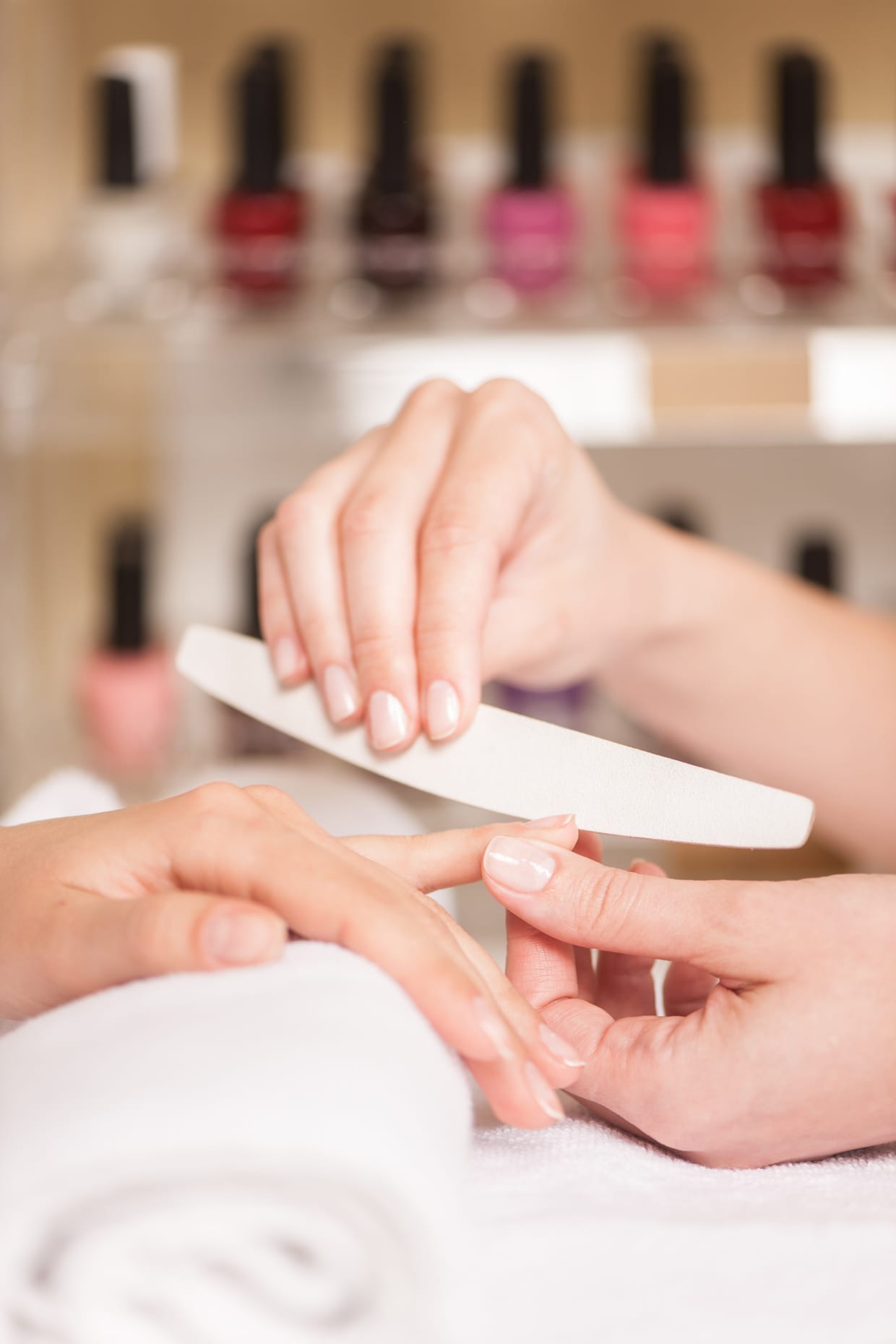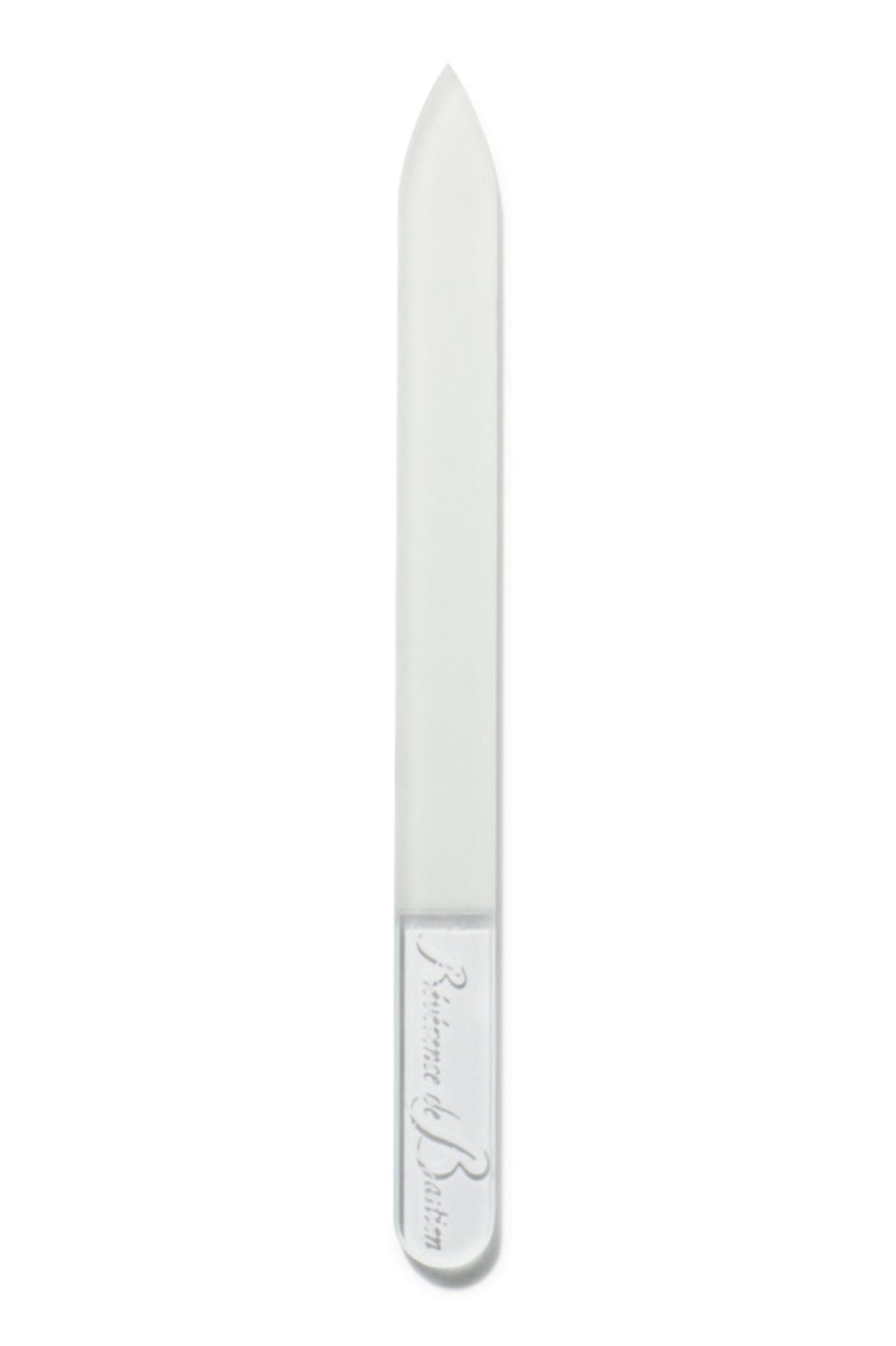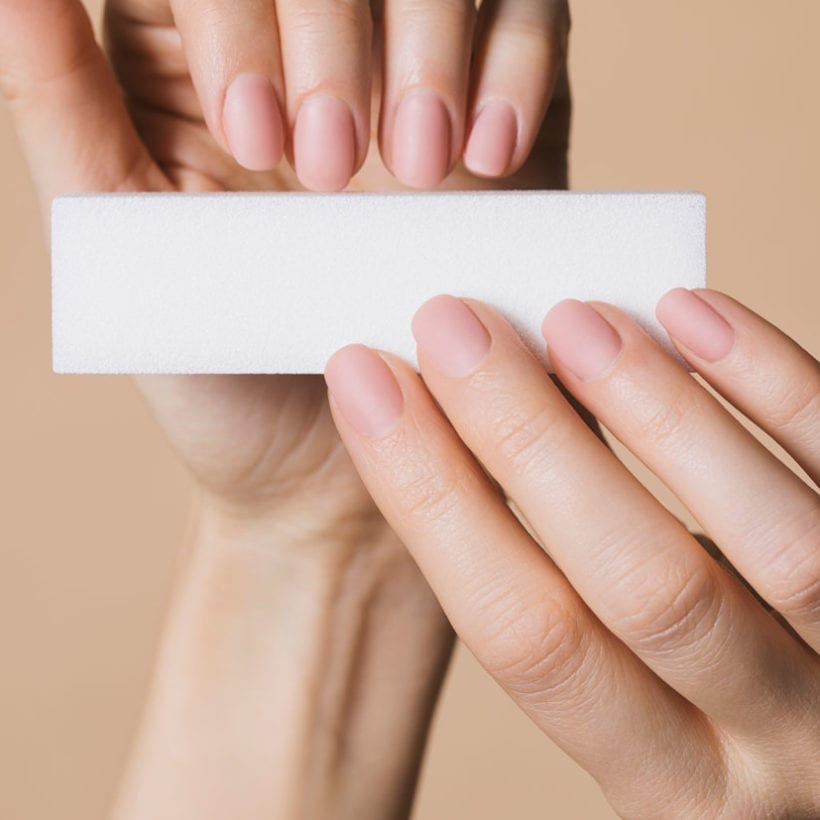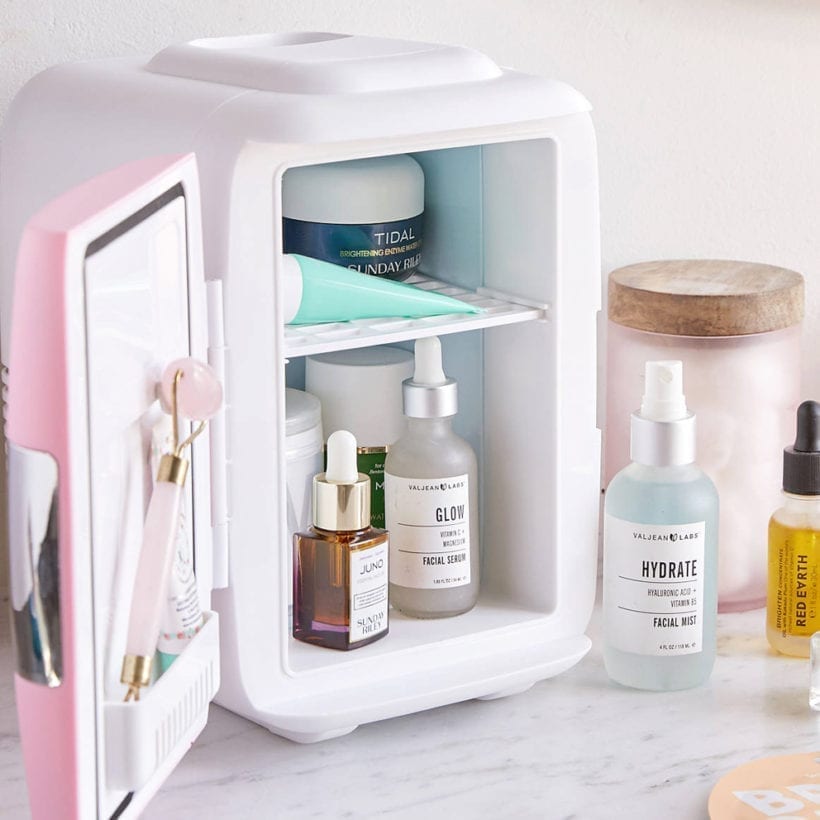When it comes to a manicure, you might be surprised to know that the nail file you pick is often more important than the color. In fact, not all nail files are equal — each one was created with a specific use in mind.
Not sure which nail file best matches your manicure? We have you covered with our guide, ahead.
The Nail Files
Emery Board: “An emery board is considered a gentle nail file that can be used multiple times. It’s flexible enough to shape both your fingernails and toenails since it’s made from layers of cardboard paper,” says Adina Mahalli, a skincare expert at Maple Holistics. Because of its flexibility, emery boards are typically gentler, making it a good option for those that have weak nails.
Glass: “This is probably the most durable nail file and doesn’t wear down like other types,” notes Mahalli. “It can be easily sterilized with rubbing alcohol, which makes it your most hygienic option. And, they seal the edge of your nails, which prevents your nails from chipping,” she adds. Given its strength, this type of nail file is best for those with acrylics, dipped powder or extensions, as it is strong enough to buff out artificial material.
Wooden: “A wooden nail file can usually be found in different grits, which means that you can tailor the nail file to your nail’s specific needs,” explains Mahalli. That said, most wooden nail files are on the coarser side of the spectrum, which means it is better for use on your toenails (as they are typically stronger than your nails) or acrylics.
Metal: You are probably familiar with a metal nail file — after all, they are almost always in at-home manicure kits. However, just because it comes in the kit does not mean you should use it. “The stainless-steel nail file is probably the most harmful to your [natural] nails,” says Mahalli. “Due to the fact that stainless steel nail files grind down on the nails, they can sometimes take off more than you intended. This means that the tip of your nail is sometimes left open, which means your nail is now susceptible to breakage,” she adds. “Additionally, metal nail files accumulate debris and dirt between the ‘teeth’ which can mean that your now open tip can gather bacteria that weaken the nails further.” If you have an artificial manicure — aka, go for acrylic, gel, dipped powder or extensions — you can use this file to shape your nails.
Breaking Down Grit
In addition to the types of nail files, there are also types of grit. Just like the file type, the grit number is usually labeled for your convenience. Understanding which grit type you need to use is imperative to learning how to file your nails correctly. Extra coarse grit is typically less than 100, coarse is 100, medium is 200, fine is between 300 and 600 grit, and extra fine is 1000.
Extra Coarse: As you can probably guess by the types of nail files used, an extra coarse file packs a punch of durability. Because of that, this type of file should be reserved for “acrylic, UV gel, hard gel, dipped powder and extensions,” explains Molly Romah, a nail artist at Chillhouse in New York City.

Coarse: If you are all about a DIY gel mani, having a coarse nail file on hand is a good idea for the removal process. “Use [a coarse nail file] to remove hard gel topcoat or powder gel before wrapping with acetone,” Romah notes.
Medium: When it comes to filing our nails, the shape is always on the mind. A medium nail file is a must-have for creating shapes like stiletto, almond, ballerina and oval.
Fine: Those that prefer short nails could benefit from keeping a fine nail file in their kit. Romah says this type of nail file is best for short nails because there is not much to file or shape. In addition to shaping the edges of your nails, you can use fine grit nail files to help buff away ridge, bumps or discolorations.
Extra Fine: If you have sensitive or fragile nails, Romah says an extra fine nail file is your best friend. Because the grit is so minimal, this file type can gently buff out your tips without causing more damage or irritation. Extra fine grit nail files can also buff and shine the nail.
The best nail files come in a variety of materials and grit types, but learning which one is right for you may be the key to maintaining healthy nails for the long term.
We only recommend products we have independently researched, tested, and loved. If you purchase a product found through our links, Sunday Edit may earn an affiliate commission.








